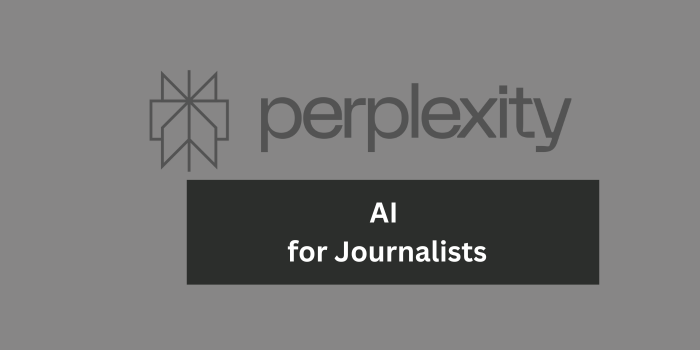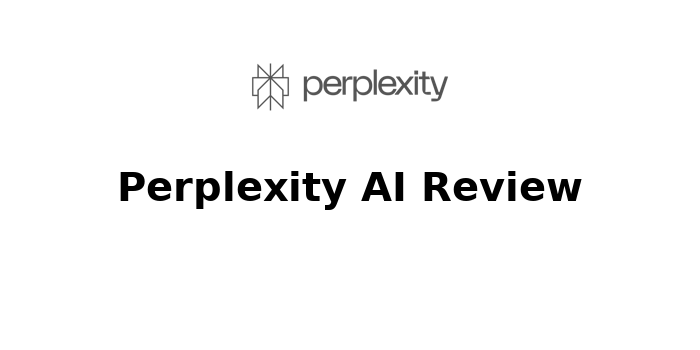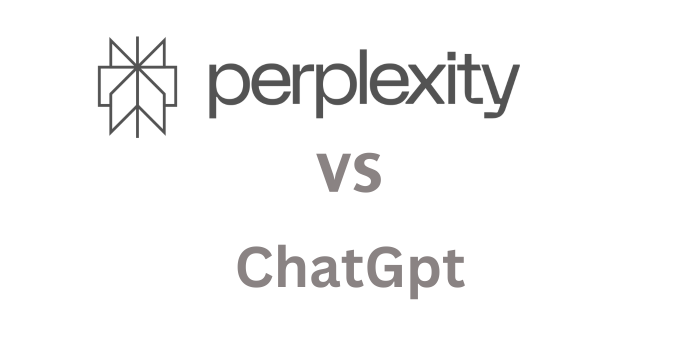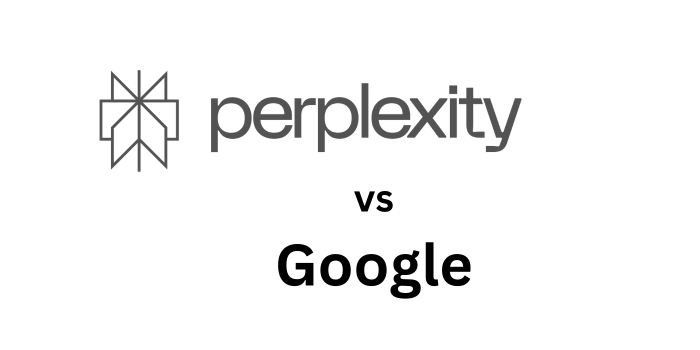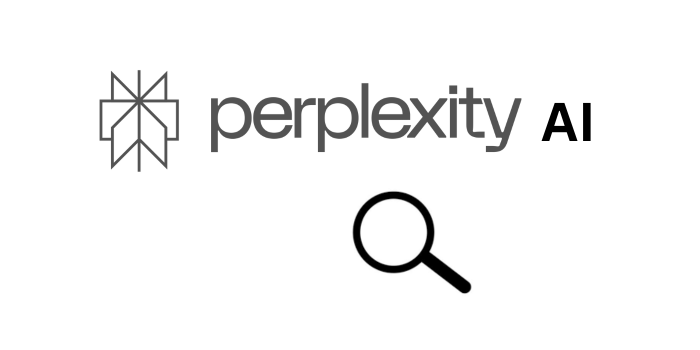In today’s 24/7 news cycle, journalists face unprecedented pressure to deliver accurate stories quickly. Misinformation spreads faster than ever—false claims go viral in minutes, AI-generated deepfakes blur reality, and biased narratives manipulate public opinion. Traditional fact-checking methods, often manual and time-consuming, struggle to keep pace. Enter Perplexity AI: an AI-powered answer engine that empowers journalists to verify information, trace sources, and debunk falsehoods with unprecedented speed and precision. This guide explores how Perplexity AI is becoming an indispensable tool for modern journalism, transforming fact-checking from a bottleneck into a strategic advantage.
Why Journalists Need AI-Powered Fact-Checking
- The Speed of Misinformation:
- False claims on social media reach millions within hours.
- Example: During elections, fabricated voting statistics can sway public perception before traditional fact-checkers respond.
- Resource Constraints:
- Newsrooms face shrinking budgets and staff shortages.
- Manual verification of every claim is impractical.
- Complexity of Sources:
- Misinformation often hides behind manipulated screenshots, doctored videos, or fake websites designed to mimic credible outlets.
- Audience Demand for Transparency:
- Readers expect journalists to cite sources and explain verification processes.
Perplexity AI addresses these challenges by combining real-time web searches, source citations, and AI analysis—all within a journalist’s workflow.
How Perplexity AI Works for Fact-Checking
Perplexity AI is not just a search engine; it’s a verification partner. Here’s how it works:
- Real-Time Web Crawling:
- Scours the internet for the latest information, including news articles, academic papers, and social media.
- Source Synthesis:
- Analyzes multiple sources to generate concise answers with direct citations.
- Contextual Understanding:
- Uses advanced language models (GPT-4, Claude 2.1) to interpret nuanced queries (e.g., “Is this viral climate change claim supported by peer-reviewed studies?”).
- Transparency:
- Every answer includes linked sources, allowing journalists to quickly assess credibility.
Key Features for Journalistic Fact-Checking
1. Instant Source Verification
- How It Works:
- Input a claim (e.g., “COVID-19 vaccines cause heart inflammation in 25% of recipients”).
- Perplexity AI cross-references peer-reviewed studies, health organizations (WHO, CDC), and recent news to confirm or refute the claim.
- Provides a summary with links to primary sources like The Lancet or NIH.
- Use Case:
- A journalist receives a tip about a politician’s controversial statement. Instead of manually Googling, they paste the quote into Perplexity and instantly get:
- Factual context (e.g., historical data).
- Conflicting viewpoints.
- Links to credible rebuttals or confirmations.
- A journalist receives a tip about a politician’s controversial statement. Instead of manually Googling, they paste the quote into Perplexity and instantly get:
2. Focus Modes for Targeted Research
Tailor searches to specific source types:
- Academic Mode:
- Filters results to peer-reviewed journals and .edu domains.
- Ideal for verifying scientific or technical claims.
- News Mode:
- Aggregates recent articles from reputable outlets (BBC, Reuters).
- Identifies media consensus or discrepancies on a topic.
- Reddit/YouTube Modes:
- Track grassroots discussions or viral videos.
- Example: Investigate whether a viral protest clip is geolocated correctly.
3. Misinformation Detection
- Claim Comparison:
- Ask Perplexity to compare a suspicious claim against verified data.
- Example: “Does this graph about unemployment rates match official Bureau of Labor Statistics reports?”
- Trend Analysis:
- Use follow-up questions to trace the origin of a rumor.
- E.g., “When did this claim first appear online?” → “Which platforms amplified it?”
4. Multimedia Fact-Checking
- Image-to-PDF Workaround:
- Free users can upload images as PDFs for analysis.
- Example: Verify a meme’s historical photo by asking, “Is this image from the 2023 Hawaii wildfires or a 2018 California fire?”
- Pro Features:
- Direct image uploads (Pro users) to analyze infographics or screenshots.
5. Collaborative Collections
- Organize fact-checking projects into shareable folders:
- Election Integrity Collection:
- Track debunked claims, voter fraud stats, and source links.
- Health Misinformation Hub:
- Archive anti-vaccine myths and corresponding WHO rebuttals.
- Election Integrity Collection:
Step-by-Step: Fact-Checking a Viral Claim with Perplexity AI
Scenario: A viral tweet claims, “A new Harvard study proves coffee causes cancer.”
- Initial Query:
- Ask Perplexity: “Is there a 2023 Harvard study linking coffee to cancer?”
- Response:
- Summary: “No recent Harvard studies support this claim. A 2022 meta-analysis in The New England Journal of Medicine found no significant cancer risk.”
- Sources: Links to NEJM, Harvard School of Public Health.
- Follow-Up:
- “Identify the origin of the ‘coffee causes cancer’ rumor.”
- Response:
- Traces the claim to a misrepresented 2018 study about acrylamide in roasted beans, amplified by a 2023 influencer post.
- Source Evaluation:
- Click linked sources to confirm peer-reviewed status and check author credentials.
- Reporting:
- Use Perplexity’s “Blog Post” feature (Pro) to draft a debunking article with embedded citations.
Advantages Over Traditional Fact-Checking
| Traditional Method | Perplexity AI |
|---|---|
| Hours spent Googling and cross-referencing | Answers with citations in seconds |
| Risk of missing non-English sources | Searches global sources, including translated content |
| Static fact-checking guides | Real-time updates as new data emerges |
| Isolated verification | Collaborative Collections for team projects |
Ethical Considerations & Best Practices
- Human Oversight:
- AI can err. Always verify Perplexity’s sources manually.
- Bias Awareness:
- Use multiple Focus Modes to avoid algorithmic bias (e.g., balance Academic and News sources).
- Transparency with Audiences:
- Disclose AI use in reporting. Example: “This claim was analyzed using Perplexity AI, with sources linked below.”
- Security:
- For sensitive investigations, use anonymous accounts to protect sources.
Case Studies: Perplexity AI in Action
- Breaking News Verification:
- During the 2023 Turkey-Syria earthquake, journalists used Perplexity to:
- Confirm casualty figures against government reports.
- Debunk fake rescue videos using geolocation data from cited sources.
- During the 2023 Turkey-Syria earthquake, journalists used Perplexity to:
- Investigative Reporting:
- A reporter researching corporate greenwashing:
- Uploaded a company’s sustainability report as a PDF.
- Asked Perplexity: “Do these carbon neutrality claims align with EPA data?”
- Uncovered discrepancies between the report and federal emissions databases.
- A reporter researching corporate greenwashing:
- Social Media Monitoring:
- Newsrooms track trending hashtags (e.g., #MedicalFreedom) via Reddit Focus Mode to preemptively fact-check viral health myths.
Limitations & Workarounds
- Paywalled Sources:
- Perplexity can’t access subscription-only content.
- Workaround: Use its “Summarize” feature on excerpts shared publicly.
- Local/Non-English Sources:
- Coverage may favor English-language content.
- Workaround: Use precise queries (e.g., “Find Spanish-language news from Mexico about the 2024 election”).
- Contextual Nuance:
- AI may oversimplify complex issues.
- Workaround: Break down queries into smaller, specific questions.
Integrating Perplexity AI into Your Workflow
- Training Your Team:
- Host workshops on crafting effective queries and evaluating AI outputs.
- Tool Stack Synergy:
- Pair Perplexity with:
- TinEye: Reverse image search.
- Grammarly: Polish AI-generated drafts.
- TweetDeck: Monitor viral claims in real-time.
- Pair Perplexity with:
- Daily Routines:
- Morning: Use Perplexity’s “Discover” feed (Pro) to scan trending topics.
- Post-Publication: Archive fact-checks into Collections for future reference.
The Future of AI in Journalism
Perplexity AI is just the beginning. Emerging developments include:
- Deepfake Detection: Future integrations could analyze video metadata.
- Live Event Monitoring: Real-time fact-checking during press conferences.
- Multilingual Expansion: Enhanced non-English source coverage.
Conclusion: Empowering Truth in the Misinformation Era
Perplexity AI doesn’t replace journalists—it empowers them. By automating the grunt work of fact-checking, reporters can focus on storytelling, investigation, and holding power accountable. In an industry where credibility is currency, tools like Perplexity AI offer a lifeline: faster verification, deeper transparency, and a fighting chance against the tidal wave of digital deception.
